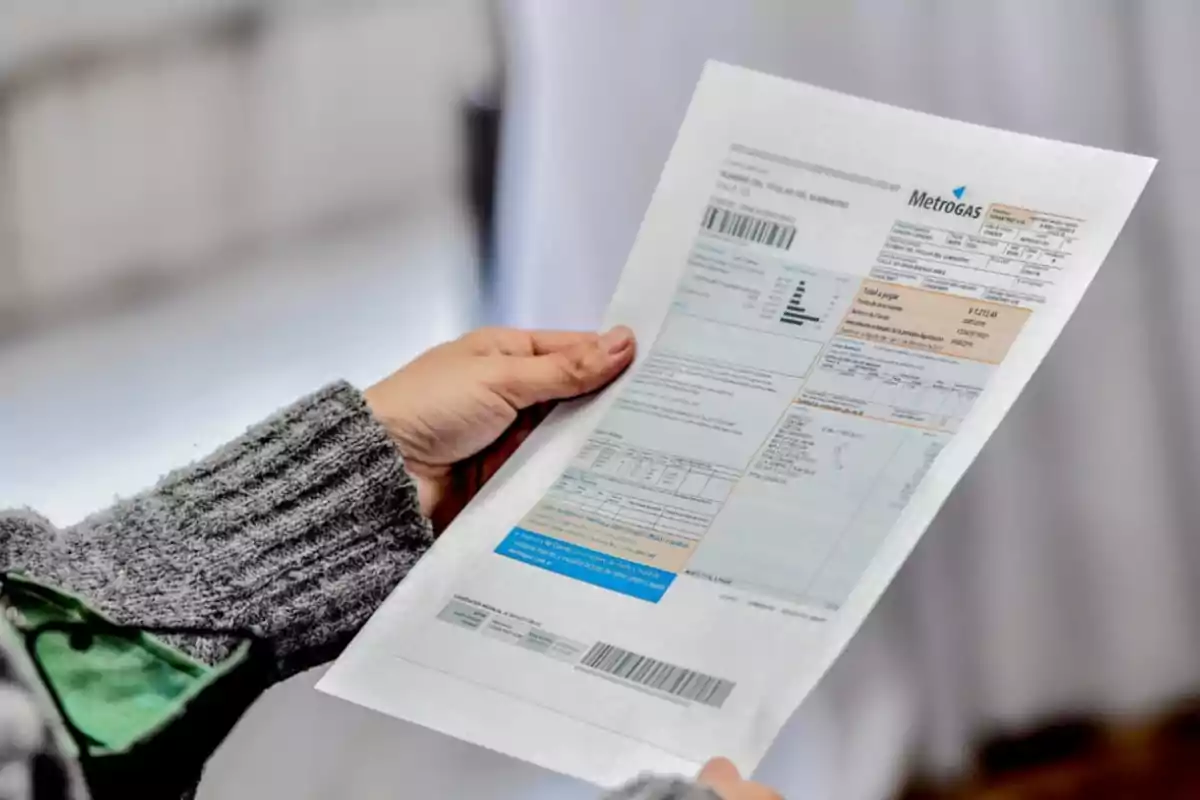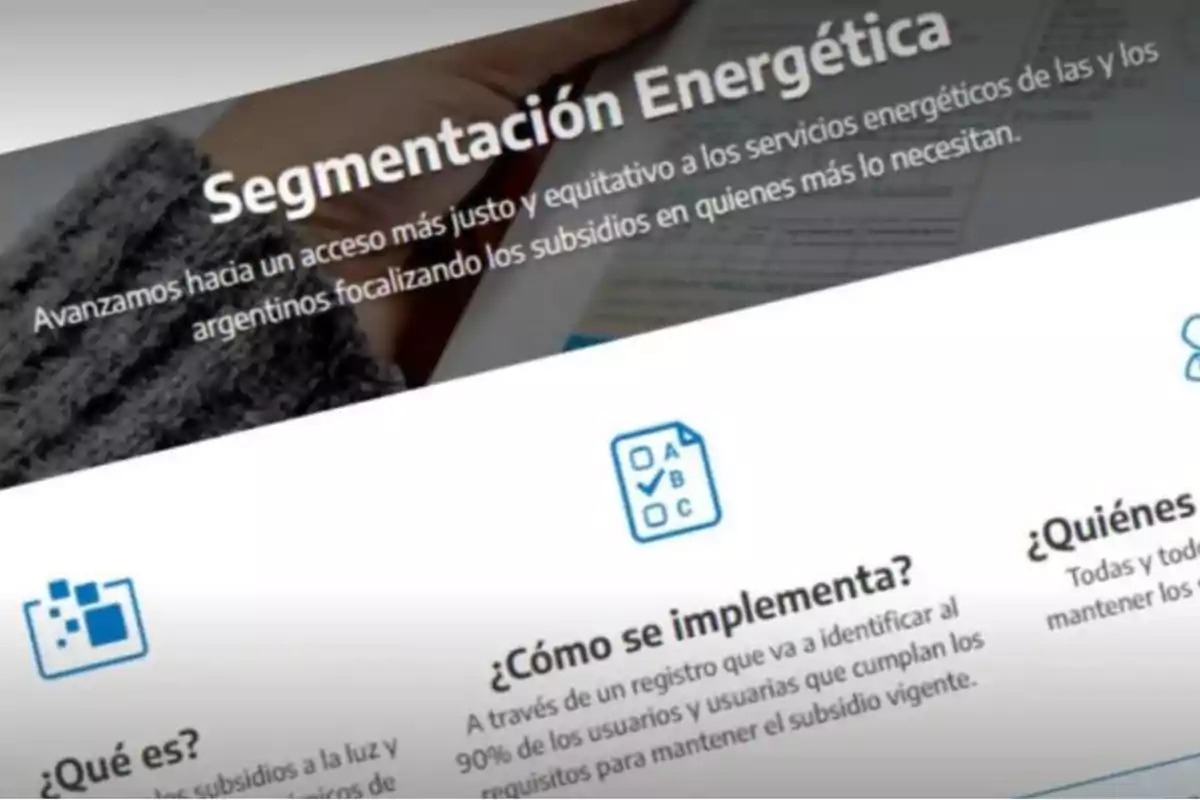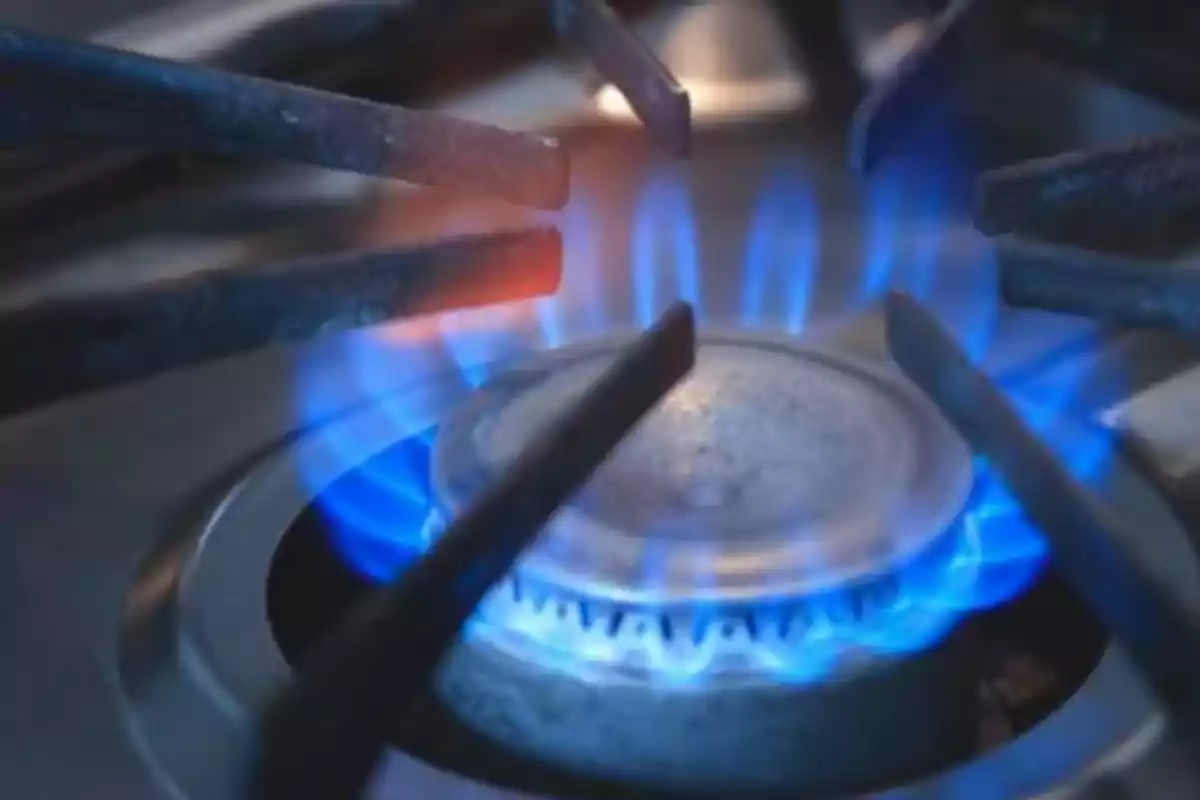
Subsidies: The national government detected inconsistencies in 150,000 users and will remove their subsidies
The Government identified irregularities in the gas regime of cold regions. The fiscal savings will be $3,000 million
After eliminating benefits for 15,500 users in Puerto Madero and gated communities, the national government decided to cut the gas subsidy for more than 150,000 beneficiaries of the Cold Zone regime. The decision, based on the detection of multiple meters registered under the same holder, implies a reduction of the discount from 50% to 30% on the rate.
"Those users had more than one registered meter, about 370,000 accounts for 150,000 holders, which excludes them from the condition of being vulnerable," explained the Energy Secretariat, headed by María Tettamanti.
What is the Cold Zone regime

Created in 2002 through Law 25.565, the regime grants a 50% discount on the gas rate in regions with harsh climates, such as Patagonia and Puna. In 2021, Law 27.637 expanded its scope to 231 departments and benefited 4.3 million people.
There are two types of beneficiaries:
- General: receive a 30% subsidy.
- Vulnerable: access a 50% discount.
This system doesn't require funds from the National Treasury, since it is financed with a surcharge on the price of gas paid by all users in the country.
Consumption that triples that of Europe
Tettamanti extended until May 31 the decree that allows a transition toward real rates. In line with this measure, she cited studies warning about excessive gas consumption in subsidized areas. According to Salvador Gil, a professor at UNSAM, "households in the south of the country consume up to four times more than those in European cities with the same climatic severity."
Gil pointed out that subsidies distort consumption behavior and generate inefficiencies. In his analysis, 9% of Argentina's population (from the south) consumes 29% of the national gas, when the climate would only justify 18% of the total.
Subsidies down and rates up
According to the UBA-Conicet report, in the last year energy subsidies fell by 77%, and the cost of the basket of public services increased by 500% in AMBA between December 2023 and May 2024. In May alone, rates increased by an average of 3.7%.

The study also highlights that the average user now covers 50% of the cost of gas, and the rest is paid by the State. Although these data are national averages, they relate to the underlying debate: how to reduce the deficit without affecting access to energy.
A policy opposed to Kirchnerism
The current energy strategy contrasts with that applied during the governments of Cristina Fernández de Kirchner. Despite Decree 140/2007, which declared efficient energy use a priority, the policy went in the opposite direction. Between 2008 and 2022, USD 200 billion were spent on subsidies and energy imports.
In 2013, the then president boasted about the high national consumption: "We consume 329% more than Brazil and 184% more than Chile," she said in a national broadcast.
More posts: